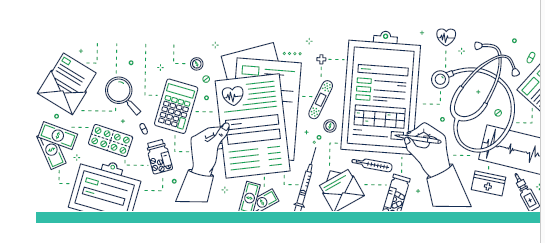Financing universal health coverage
By Peter Sands, executive director, Global Fund to Fight AIDS, Tuberculosis and Malaria
It is rarely difficult to persuade people that better health for all is a good idea. The challenge is almost always how are we going to pay for it. It is this question, as much as any other, that makes health such a political choice.
Financing universal health coverage inevitably involves making difficult trade-offs, plus a significant element of redistribution. However rich the country, the resources will not match the potential demand. The poorest and neediest in any society do not have the resources to fund their health care themselves. So financing universal health coverage is intrinsically political.
Moreover, the health of any society is more than just the sum of our individual states of health. We all benefit from each other’s good health – directly, because infectious pathogens require people to carry them, and indirectly, because healthier populations are more prosperous and stable.
In lower income societies these political pressures and trade-offs are at their most acute. Available financial resources are dwarfed by the scale of the needs. Infectious diseases and other public health problems impose a heavy burden on communities. The systems for gathering resources and funding health, as well as for delivering services, are often inefficient and ineffective.
Yet these challenges only underscore the scale of the prize from fixing the problem. Investing to build inclusive and resilient health systems delivers huge economic and social benefits. But making this happen requires sustained political leadership and commitment from national leaders. The international community must support such efforts with innovation and partnership.
Furthermore, the task of improving health cannot be tackled in isolation. The power of the Sustainable Development Goals lies in the recognition of the interdependencies. For example, health and well-being (SDG 3) enable education (SDG 4) and gender equality (SDG 5) and, in turn, are enabled by them. The SDG targets for 2030 make clear what we must aim for. With only 11 years to go, many of these targets – including the specific goal of ending the epidemics of AIDS, tuberculosis and malaria – are tantalisingly within reach, but not yet firmly in our grasp. Delivering on these goals is undoubtedly a political choice.
History tells us that these infectious diseases can be defeated, and that the path to success involves building strong, inclusive and resilient health systems. For example, in Japan tuberculosis was the biggest killer in the 1950s. The government launched a massive campaign against tuberculosis, which proved highly successful and became the platform for Japan’s system of universal health coverage. We now salute Japan for leading efforts to promote universal health coverage everywhere.
At the Global Fund we see our role as enabling countries to defeat the three epidemics and accelerate their journey towards universal health coverage. Alongside disease-specific investments, such as anti-retroviral drugs and mosquito nets, we invest more than $1 billion a year in health systems, making the Global Fund the largest multilateral provider of grants for health systems. Through our co-financing requirements, typically amounting to 15 – 30% of the grant amount, we catalyse increased domestic investment in health.

Many countries are stepping up admirably to the challenge of increasing investment in health. Domestic finance commitments in our current three-year grant cycle are 41% higher than in the previous period. However, there are huge variations among countries and overall levels of investment in health remain too low. Of 55 countries in Africa, 52 fail to meet the Abuja Declaration’s target of dedicating 15% of public spending to health. Significant funding gaps mean far too many people are still dying of diseases that are fully preventable.
To fund the next phase of the fight against AIDS, tuberculosis and malaria, and to support countries as they build their health systems, the Global Fund is looking to donors to provide at least $14 billion for the sixth replenishment, a 15% increase on the last replenishment. But we are calling for an even bigger number from domestic resources – $46 billion, a 48% increase on the previous three-year period.
Delivering this scale of increased domestic resource mobilisation will entail addressing fundamental weaknesses in tax design and collection, and building resilient and inclusive health insurance systems. Just as important are improvements in financial management, tracking and reporting tools to ensure every dollar is spent wisely.
Innovative financing tools can help tap new sources of finance and, even more, be used to maximise the impact of existing resources by aligning incentives and allocating risks efficiently. As a former banker, I constantly remind everyone I work with in the health sector that innovative finance does not mean money can grow on trees. But smartly deployed innovative financing tools can make a significant difference.
To achieve the SDG of greater health and well-being for all, we must step up the fight against disease, and step up the pace of building inclusive and resilient health systems. We must embrace and not shy away from the tough political decisions needed to make this happen. Health is undoubtedly a political choice, and political leadership is the key to unlocking the resources to deliver better health for all.












